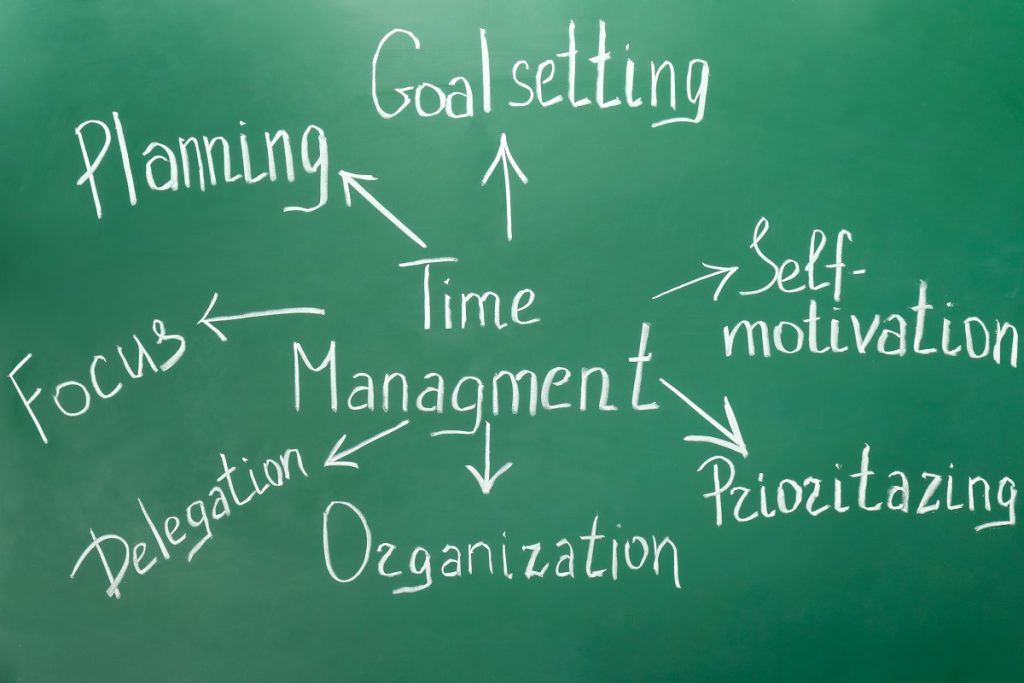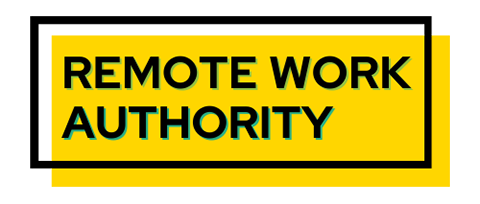As hybrid workers and distributed teams become part of the work landscape, managers must learn new ways to manage them. While concerned with productivity, managers must learn how to drive performance and productivity while creating a sense of cohesion, keeping morale high, and enhancing retention.
Managing a remote team of workers has become an increasingly common concern for businesses today, mainly due to the global pandemic. While remote work offers many benefits, such as flexibility and cost savings, managing a team of employees who are not physically present presents unique challenges.
Effective communication, trust, and collaboration are crucial for managing a remote team. This article discusses some practical tips and strategies for handling remote workers, including how to set expectations, communicate effectively, and build a strong team culture.
With the right approach, managing a remote team can be productive and rewarding for employers and employees.
Table of Contents
How Do You Manage A Remote Team Of Workers?
Communication is key to effectively managing a team working remotely. Set clear expectations, goals, and deadlines and ensure everyone understands them. You should utilize digital tools for communication and collaboration, such as project management software, video conferencing, and messaging apps.
Trust your team to complete their work and allow flexibility in their schedules. Encourage team building and socialization, such as virtual happy hours or online team-building exercises. Regularly check in with your team members to ensure their needs are met and address any concerns.

From A Management Perspective, What Are The Pros And Cons Of Remote Working?
Managing remote teams requires a different set of skills and tools than managing traditional groups, and managers need to be proactive in addressing the unique challenges of remote work.
From a management perspective, the pros of remote working include:
- Increased flexibility, especially when choosing new team members who could live anywhere
- Reduced overhead costs, as remote workers do not require a physical office space
- Increased team member satisfaction, especially when work schedules and locations are flexible
- Greater productivity, as workers do not have to commute or be caught up in office drama
- Promotes a better work-life balance
- Environmentally sound as working from home reduces carbon emissions associated with commuting and office space energy use.
There are negatives as well. The cons of remote working include:
- Difficulties with communication and collaboration
- Potential lack of accountability
- Reduced opportunities for spontaneous interactions and creativity
If the job is the right fit for remote work, most of the negatives can be overcome with attentive long-distance bosses and the right technology.
What Are 9 Top Management Practices For Remote Workers?

Employing good management practices designed for remote workers can effectively address potential problems.
Some of the 9 best ways to manage remote employees and contractors include:
- Establishing clear expectations.
- Using digital tools for communication and collaboration
- Building a strong team culture
- Providing regular feedback and recognition
- Promoting work-life balance
- Prioritize trust and autonomy
- Set clear boundaries
- Maintain regular contact to ensure alignment and productivity
- Encouraging professional development and growth opportunities helps remote workers feel invested in the company’s success. It also provides a sense of purpose and engagement.
Why These Management Techniques Work
The best management style for remote teams focuses on clear communication, trust, and empowerment. A hands-off approach that allows for autonomy and self-direction is practical, as it shows confidence in the abilities of remote team members. However, this needs balancing with regular check-ins and feedback to ensure alignment and productivity.
The right software for communication, project management, and time tracking can help teams and manager accomplish their goals. A good manager wants this team to achieve or exceed the performance metrics he needs to meet, while team members appreciate knowing they are on track.
Collaboration tools like Slack, Microsoft Teams, and Zoom facilitate sharing information, setting milestones, and conducting team meetings. Managers should effectively onboard employees and new hires so they know how to use the software, even in a remote work environment.
Connect teams perform better. Building a strong team culture through virtual team-building activities and socialization fosters a sense of belonging and collaboration. A solid onboarding process is essential for integrating new employees into the remote team.
Building social interaction, like virtual water cooler chats, can foster community and connection within the remote workforce. Time zones can pose a challenge, but scheduling flexibility and understanding can help overcome this. While work hours may vary, utilizing platforms like LinkedIn and video chats can keep everyone connected and informed.
Finally, providing opportunities for professional development and growth makes remote workers feel valued and invested in the company’s success.
Ultimately, the best management style for remote teams will depend on the unique needs and dynamics of the team and should be adapted to fit those needs.
How Can You Manage A Remote Team Without Burning Out?
Establishing clear boundaries and prioritizing self-care prevents burnout when managing a remote team. This includes setting and communicating precise working hours and taking adequate daily breaks.
Digital tools for communication and project management also streamline workflows and reduce stress. You can tell how the team is doing at any time.
Regular exercise, healthy eating, and getting enough sleep are essential components of self-care that can help prevent burnout.
Finally, taking time off and disconnecting from work completely recharges batteries and prevents long-term burnout.

How Do You Know If You Are A Good Remote Manager?
To know if you are an excellent remote manager, it is vital to regularly solicit feedback from your remote team members as you evaluate their performance and engagement. Pay attention to key performance indicators, such as productivity and team member satisfaction, and adjust your management style and strategies accordingly.
Building trust and open communication with your remote team creates a supportive and effective work environment. Additionally, establishing and meeting clear goals and expectations can help ensure alignment and productivity.
Finally, you should continuously educate yourself on best practices for remote management and stay adaptable to the evolving needs and dynamics of remote teams.
How Do You Motivate Remote Employees?
Establishing clear goals and expectations, providing regular feedback and recognition, and promoting a strong team culture and belonging motivate employees.
Offering professional development and growth opportunities also helps them move to the next level. Remote workers feel invested in the company’s success when they know their job is not dead-end and provide a sense of purpose and engagement.
Encouraging a healthy work-life balance, including taking regular breaks and disconnecting from work outside of working hours, prevents employees from feeling burned out and increases motivation.
Finally, show trust in your remote employees by allowing autonomy and self-direction while providing support and guidance as needed.

Further Aspects And Information About Managing A Remote Team
In conclusion, managing a remote team requires a different approach than in-person teams. While micromanaging is ineffective, prioritizing effective communication tools through video calls, instant messaging, and daily check-ins is crucial for team collaboration and employee engagement.
With the right tools and strategies, managing remote workers can be just as successful as managing onsite employees. Both managers, teams, and individual team members can shine!


